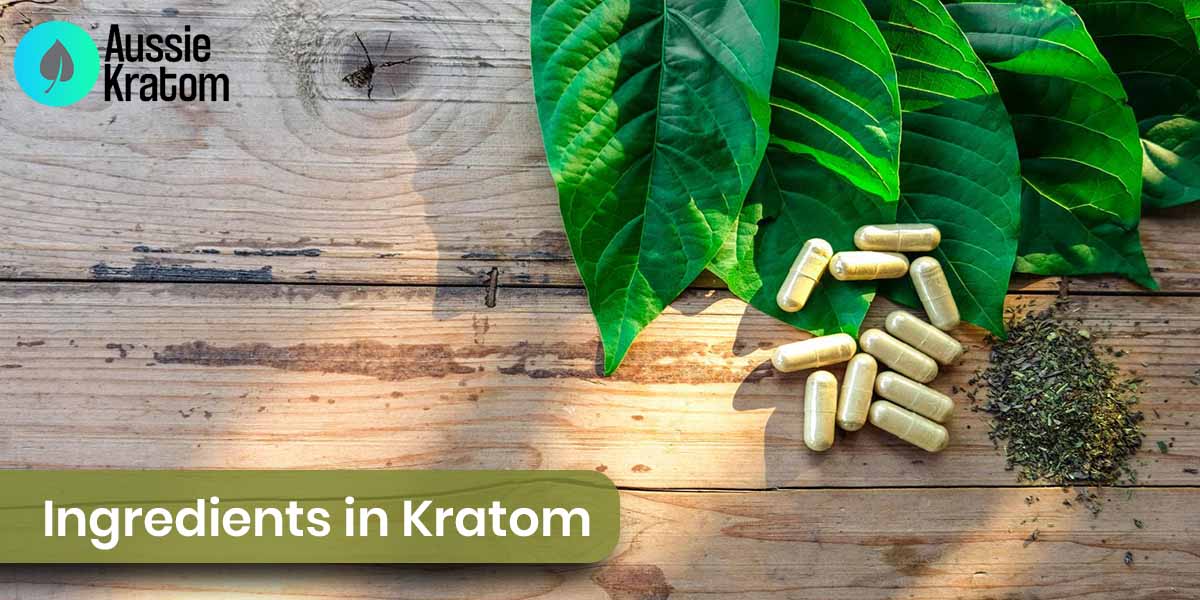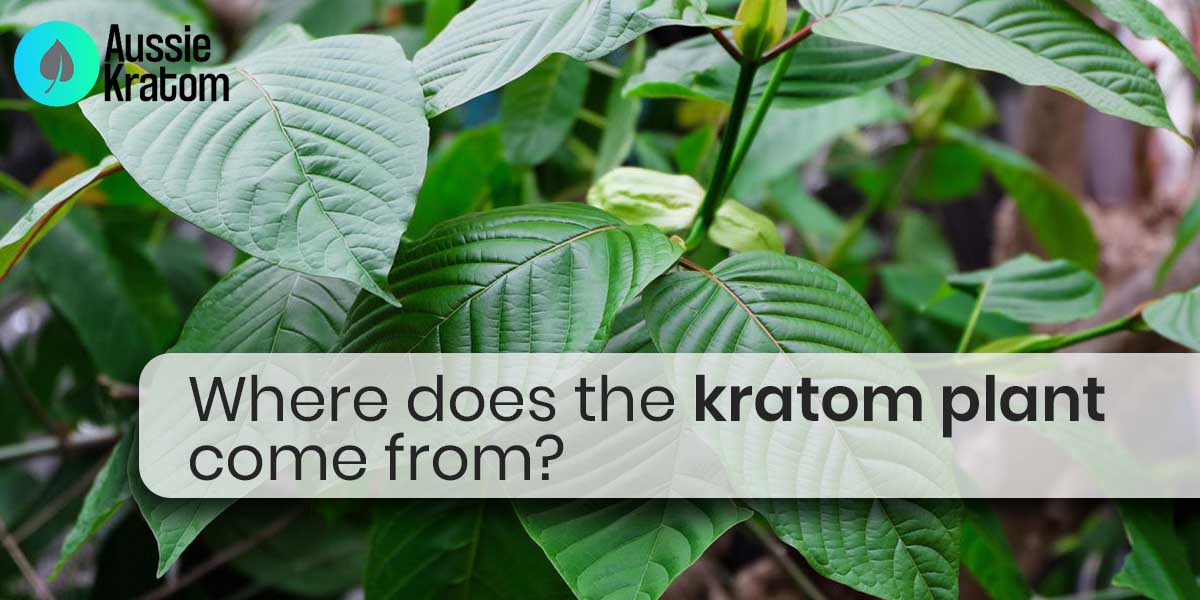Have you heard of the plant kratom?
If not, don’t worry–you’re not alone. Kratom is a lesser-known herbal remedy that has been used for centuries by people living in Southeast Asia.
Recently, though, it’s begun to gain more attention as an alternative form of medicine and recreational substance here in the West.
In this blog post, we’ll look at how kratom came to be so widely used around the world and its potential applications and side effects.
Kratom is a tropical evergreen tree native to countries like Thailand, Indonesia, Malaysia, and Papua New Guinea. It belongs to the same family of plants as coffee and is traditionally consumed in its raw leaf form for its stimulant effects. However, over the past few years, it has become increasingly popular in extracts, powders, and capsules for both medicinal and recreational purposes.
Ingredients in Kratom:

The main active ingredients found in kratom are mitragynine and 7-hydroxy mitragynine (7-HMG), both of which have powerful analgesic qualities. Additionally, studies suggest that these compounds can have anti-inflammatory properties, making them useful for treating illnesses such as chronic pain or arthritis. Kratom is also known to be VERY beneficial for helping to alleviate stress, anxiety, and depression.
If you decide to give it a try be sure to research any potential side effects beforehand as kratom is not approved by the TGA for use as either a medicine or recreational drug. As with any new substance, it is always best to do some research first and read about other people’s experiences using this plant.
frequently asked questions (FAQs)
Where does the kratom plant originate from?
The kratom plant, scientifically known as Mitragyna speciosa, is native to Southeast Asia. It is primarily found in countries such as Thailand, Indonesia, Malaysia, and some parts of Papua New Guinea.
Which countries specifically cultivate kratom?
Kratom is cultivated in several Southeast Asian countries, including Thailand, Indonesia, Malaysia, and parts of Borneo. These regions provide the optimal climate and conditions for the kratom tree to thrive.
Is kratom grown in any other regions besides Southeast Asia?
While Southeast Asia is the primary and natural habitat for kratom, some attempts have been made to cultivate kratom in other tropical and subtropical regions. However, the plant’s success in these areas is generally limited due to variations in climate and soil composition.
What are the ideal growing conditions for kratom?
Kratom thrives in tropical and subtropical climates with high humidity and ample rainfall. It requires well-draining soil and prefers areas with partial shade, as direct sunlight can be too intense for the plant. These conditions mimic its native habitat and contribute to its healthy growth.
How is kratom traditionally used in its native regions?
In its native countries, kratom has a long history of traditional use. It is often consumed by chewing fresh leaves, brewing them into teas, or grinding dried leaves into a powder that can be mixed with water or other liquids. It’s used for various purposes, including its stimulating and relaxing effects.
Can I grow kratom at home outside of Southeast Asia?
While it’s possible to attempt to grow kratom in regions with similar climates, it can be quite challenging. Kratom requires specific conditions to thrive, and cultivating it outside its native habitat might result in less potent or effective plants. Additionally, local regulations may restrict the cultivation of kratom in certain areas.
Can I buy kratom plants or seeds to grow at home?
Some online vendors offer kratom plants or seeds for purchase, but successfully growing kratom outside of its native regions is a complex endeavor. It requires careful attention to its specific requirements and environmental conditions.
Why is the native region important for kratom’s growth?
The native region provides the optimal balance of climate, soil, and environmental factors that contribute to the development of kratom’s unique alkaloid content and overall growth. Attempting to replicate these conditions in other regions can be challenging and may not yield the same quality of kratom.
Is kratom legal in the countries where it’s native?
Kratom’s legal status varies among its native countries. Some countries, such as Thailand, have regulated or banned its use, while others, like Indonesia and Malaysia, allow its cultivation and traditional use.
Can I import kratom products from its native regions?
The legality of importing kratom products varies by country and region. Some countries have strict regulations on importing kratom due to concerns about its effects and potential misuse. It’s important to research and understand the regulations of your own country before attempting to import kratom.

